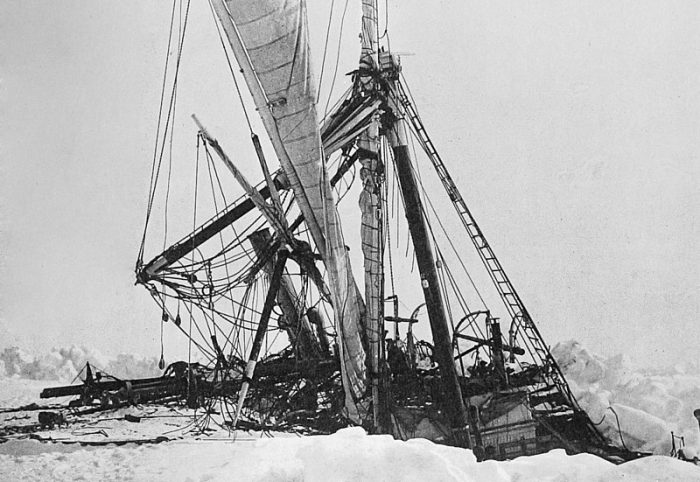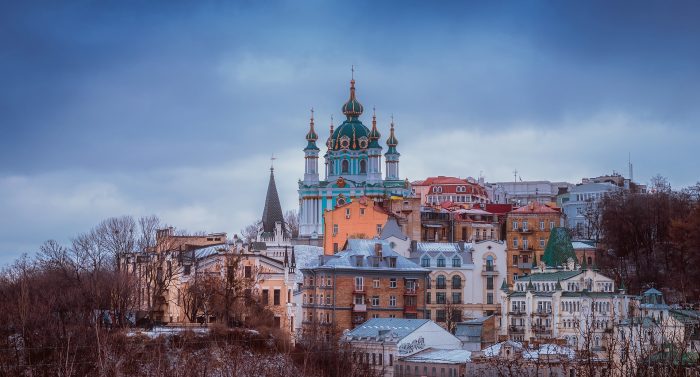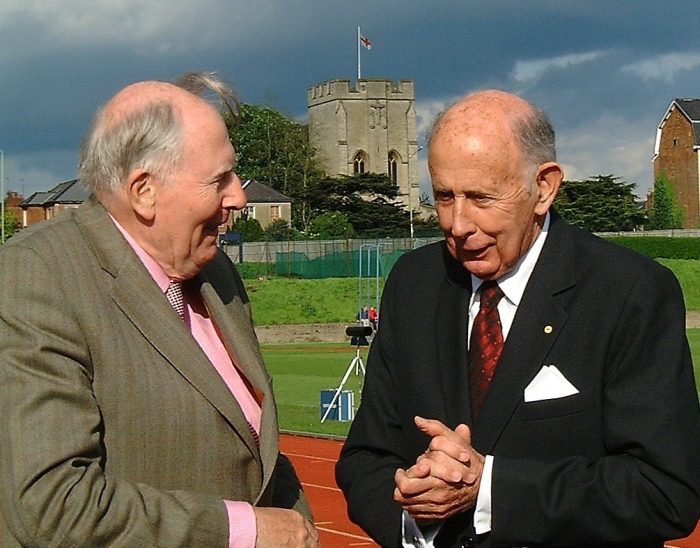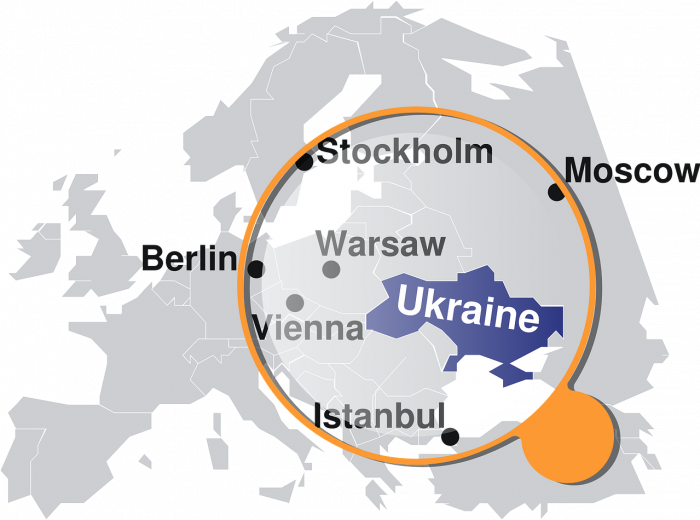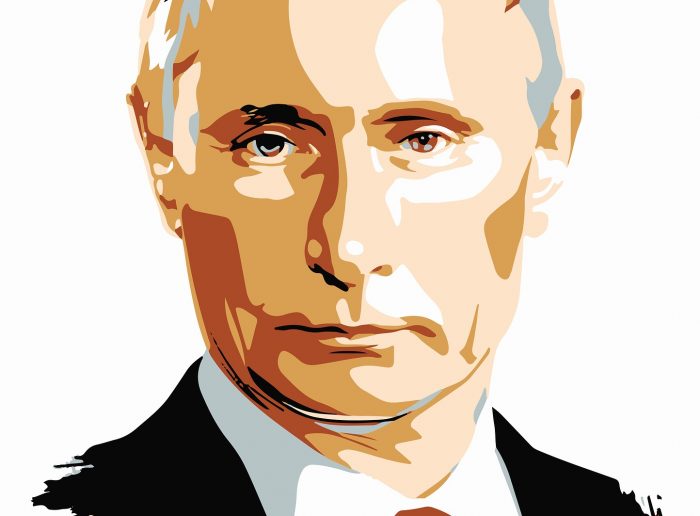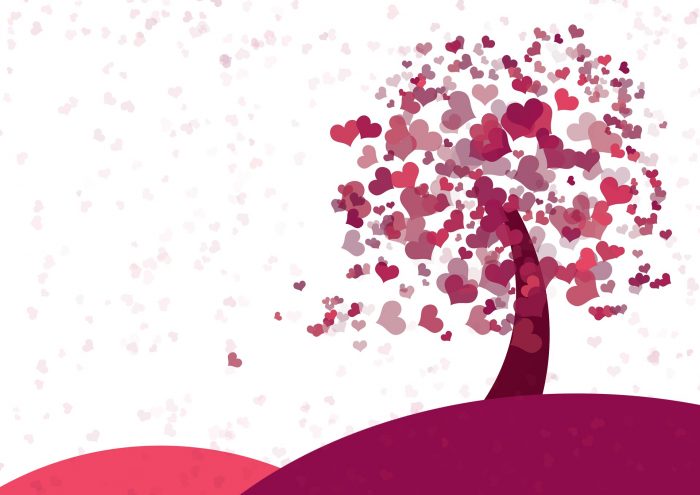By Leah S. Dunaief

Like a hand reaching out from its watery grave, the stern of the ship with the name “Endurance” became visible in the underwater drone’s searching beacon of light. A century after the ice crushed and sank the vessel, along with the hopes of explorer Ernest Shackleton and his crew for being the first to walk across Antarctica from sea to sea via the South Pole, the biggest shipwreck discovery since the Titanic connected us with those men a century ago. For many of us, the find was thrilling.
The three-masted ship is remarkably preserved in 10,000 feet of water below the surface ice, and from the photos, even the spokes on the wheel in the stern are hauntingly intact. Armed with the latest undersea equipment, marine archeologists, engineers and scientists, using the last data recorded when the ship sank, were able to find the wooden Endurance, survivor of one of the most heroic expeditions in history, at the bottom of the Wendell Sea near the Antarctica Peninsula. The Falklands Maritime Heritage Trust’s group Endurance 22 announced the news. The darkness and frigid temperatures had made such search efforts in the past impossibly difficult but also created an inhospitable environment for bacteria, mites and wood-eating worms that might have devoured the ship. Instead it stands at attention since 1915 on the sea floor.
After the ship sank, Shackleton and his crew of 28 loaded food and anything else they could into three lifeboats and set up camp on ice floes, and when those disintegrated, camped on Elephant Island.
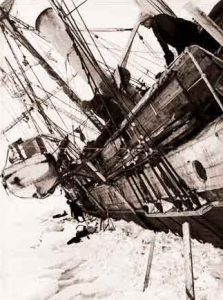
Recognizing that they had somehow to get help if they were to survive, Shackleton, his captain, Frank Worsley and four other carefully selected men sailed across 800 miles of treacherous waters in a 22-foot boat to the nearest place of habitation, a remote whaling community on the island of South Georgia. Once they arrived, they had to scale steep mountains to get to the station on the other side. Shackleton’s decisive and heroic leadership ultimately saved the entire crew and is studied in business schools and management programs to this day. His planning and improvisation made the escape possible.
Shackleton died in 1922. Curiously the wreck’s discovery happened exactly 100 years to the day that Shackleton was buried. And while Endurance was photographed and filmed, nothing was removed or disturbed, and it is protected as an historic monument.
An Anglo-Irishman, Sir Ernest Shackleton was born in County Kildare, Ireland, and moved with his family to south London. His story seems a fitting way to celebrate St. Patrick’s Day. He led three different English expeditions to the Antarctic, walked to within 97 miles of the South Pole during the previous Nimrod expedition of 1907-09, and climbed Mt. Erebus, the most active Antarctic volcano. For those feats, he was knighted by King Edward VII on his return. Ultimately he led a final expedition in 1921 but died of a heart attack while his ship was moored in South Georgia. He is buried there.
Despite the fact that he was largely unsuccessful in business ventures and died heavily in debt, Shackleton was voted eleventh in a BBC poll of the 100 Greatest Britons in 2002. He was to be the one others prayed to have lead them when under extreme circumstances.
The saga of Ernest Shackleton and the Endurance captured my imagination when I worked for Editor Alfred Lansing at Time Inc. I was 22 and had never met anyone quite like Al before. A volunteer in the Navy when he was 17 (he lied about his age and somehow got in), Al had a reddish-blond crew cut, bright blue eyes, a huge smile and a tattoo on his right forearm well before tattooes were a common occurrence. He smoked unfiltered Lucky Strikes, was one of the best storytellers I had ever met, and wrote adventure stories on the side for what were then called men’s magazines.
It was Alfred Lansing who wrote the book “Endurance: Shackleton’s Incredible Voyage” four years earlier which had received a National Book Award nomination. Listening to him tell the story, I was hooked for life on that adventure and the marvel of Shackleton’s leadership. Sadly, both men died at an early age.

